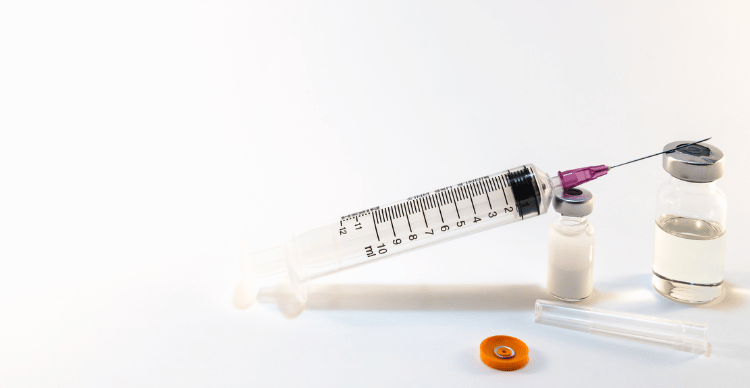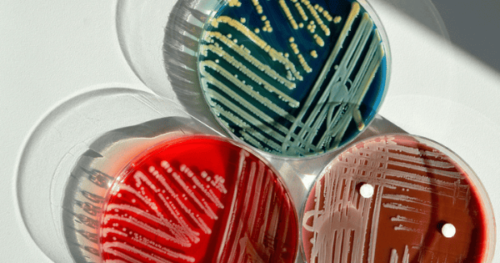In the world of laboratory research, safety and accuracy are paramount. Every
measure taken ensures not only the protection of personnel but also the reliability of
the research results. Syringe filters, though small, play a pivotal role in achieving
these critical outcomes. They act as guardians, filtering out unwanted particles that
could pose risks or skew experimental data. This post explores how these vital tools
help maintain the highest standards of laboratory safety and accuracy.
Importance of Laboratory Safety and Accuracy
In laboratory environments, where experiments can sometimes involve hazardous
chemicals or infectious agents, safety is a top priority. Accuracy is equally critical, as
the validity of research outcomes depends heavily on the precision of experimental
procedures. Syringe filters play a crucial role in both these aspects by providing a
simple yet effective means to purify samples and protect users.
Role of Syringe Filters in Enhancing Laboratory Safety
Syringe filters are indispensable in maintaining a safe laboratory environment. Here’s
how they contribute:
● Containment of Hazardous Samples: By filtering samples directly in the
syringe, these filters prevent the risk of aerosolization of hazardous
substances, which can occur during the transfer of liquids.
● Reduction of Contamination: Syringe filters significantly reduce the risk of
cross-contamination between samples and the laboratory environment,
protecting both the laboratory personnel and the integrity of the experiments.
Role of Syringe Filters in Improving Accuracy
Accuracy in laboratory results is non-negotiable. Syringe filters enhance the reliability
of these results by:
● Ensuring Sample Purity: They remove particulates and microorganisms that
could interfere with analytical results, ensuring that data is not compromised
by artefacts.
● Protecting Analytical Equipment: Particles and precipitates can damage
sensitive analytical instruments. Syringe filters safeguard these expensive
pieces of equipment by preventing clogging and other issues that might affect
their performance.
Types of Syringe Filters and Their Applications
Different types of syringe filters are suited for various applications, depending on the
nature of the samples and the required level of filtration:
● Cellulose Acetate Filters: Ideal for biological samples as they provide low
protein binding.
● PTFE Filters: Best for chemical resistance and are typically used with organic
solvents.
● Nylon Filters: Versatile and suitable for a broad range of aqueous and organic
solvent-based samples.
Understanding the specific needs of your experiment or analysis is crucial in
selecting the right type of syringe filter.
Best Practices for Using Syringe Filters
To maximise the benefits of syringe filters, consider the following best practices:
● Proper Selection: Choose a filter material and pore size appropriate for your
sample type and analytical requirements.
● Correct Usage: Ensure the syringe filter is properly attached and that the
sample is pushed through at an appropriate speed to avoid rupturing the filter
or missing particulates.
Conclusion
Syringe filters are more than just simple tools; they are integral to maintaining safety
and accuracy in laboratory environments. Whether it’s protecting lab personnel from
harmful chemicals or ensuring the integrity of research results, the right syringe filter
can make a significant difference. By effectively removing contaminants and
protecting sensitive analytical equipment, these filters help uphold the stringent
standards required in scientific research.
Ensuring your laboratory is equipped with the right syringe filters is crucial for your
experiments and safety protocols. Don’t compromise on quality or precision. Visit
GVS Malaysia to explore our extensive range of syringe filters and get expert advice
tailored to your specific laboratory needs. Enhance your lab’s safety and accuracy
today with the best tools available.



